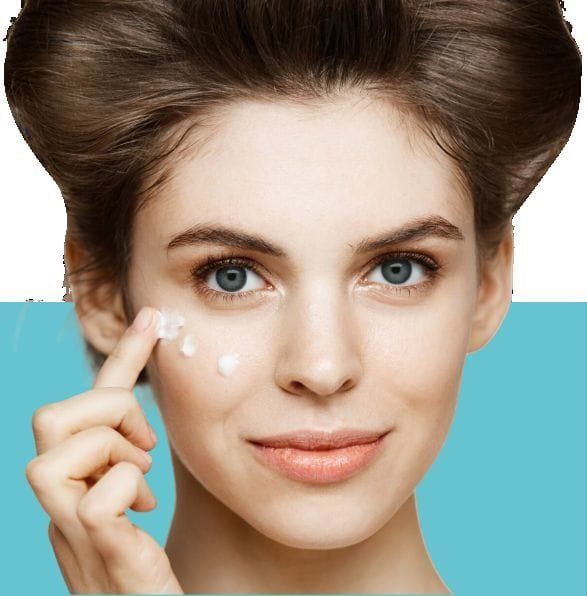
Introduction
In today’s fast-paced digital world, spending long hours in front of screens has become a part of daily life. Whether it’s for work, entertainment, or socializing, many of us spend an increasing amount of time glued to our smartphones, tablets, laptops, and other digital devices. While these devices offer convenience and entertainment, they can also lead to eye strain, discomfort, and potential long-term damage. One of the significant concerns arising from excessive screen time is digital aging – the process of premature aging of the eyes due to constant exposure to blue light and other digital screen-related stressors.
Digital aging can manifest in various forms, including dry eyes, blurred vision, headaches, and long-term damage to the retina. However, there are many ways to protect your eyes from this modern-day concern. In this blog, we’ll explore strategies to maintain eye health and prevent digital aging, as well as introduce advanced aesthetic treatments designed to rejuvenate the delicate skin around your eyes, offering a refreshed and youthful look.
1. Digital Aging

One of the most significant contributors to digital aging is the blue light emitted by digital screens. Blue light has a shorter wavelength than other visible light, making it more intense. This light penetrates deeper into the eye and may contribute to retinal damage, potentially leading to macular degeneration and other vision problems over time. Blue light exposure has also been linked to digital eye strain, causing discomfort, headaches, and difficulty sleeping.
To mitigate the effects of blue light, consider using blue light blocking glasses. These specially designed glasses have lenses that filter out harmful blue light from screens, offering relief to your eyes. Many devices also have built-in blue light filters or settings that reduce blue light exposure. Another practical solution is to use screen protectors that filter out blue light, which can be easily applied to your phone, tablet, or computer screen.
2. Blue Light

One of the most significant contributors to digital aging is the blue light emitted by digital screens. Blue light has a shorter wavelength than other visible light, making it more intense. This light penetrates deeper into the eye and may contribute to retinal damage, potentially leading to macular degeneration and other vision problems over time. Blue light exposure has also been linked to digital eye strain, causing discomfort, headaches, and difficulty sleeping.
To mitigate the effects of blue light, consider using blue light blocking glasses. These specially designed glasses have lenses that filter out harmful blue light from screens, offering relief to your eyes. Many devices also have built-in blue light filters or settings that reduce blue light exposure. Another practical solution is to use screen protectors that filter out blue light, which can be easily applied to your phone, tablet, or computer screen.
3. Proper Lighting

Eye strain often occurs when there’s too much contrast between the brightness of your screen and the surrounding environment. When you’re working in a dimly lit room, your eyes have to work harder to adjust to the bright screen, leading to discomfort and fatigue. Similarly, a room that is too brightly lit can cause glare, making it difficult to focus on the screen.
To protect your eyes from digital aging, it’s essential to work in a well-lit environment. Use ambient lighting that is gentle on your eyes and doesn’t cause glare on the screen. Avoid using overhead fluorescent lighting, as it can increase eye strain. A soft, warm desk lamp with adjustable brightness can provide optimal lighting without causing discomfort. Additionally, position your screen to minimize glare from windows and lights.
4. Frequent Breaks

One of the most effective ways to prevent digital aging is to take regular breaks from screen time. Continuous exposure to screens can strain the eyes, leading to symptoms like dry eyes, headaches, and blurred vision. The 20-20-20 rule is a popular method recommended by eye care professionals. According to this rule, for every 20 minutes of screen time, take a 20-second break and focus on something 20 feet away. This helps reduce the strain on your eye muscles and gives them time to relax.
In addition to the 20-20-20 rule, you should also stand up and stretch your body. Sitting in one position for long periods can also lead to poor posture, which can contribute to eye strain. A combination of taking visual breaks and moving your body will help prevent the negative effects of digital aging.
5. Eye Exercises
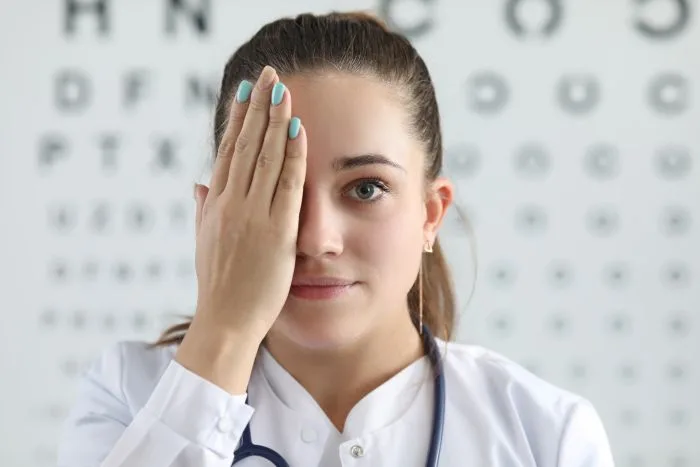
Just like any other muscles in the body, your eyes need exercise to stay strong and healthy. Eye exercises can help prevent eye strain and improve focus and concentration. Simple exercises, such as rolling your eyes in circles or focusing on an object close to you and then switching to something far away, can help strengthen the eye muscles and reduce strain caused by prolonged screen use.
Another effective exercise is the “palming” technique. To do this, rub your palms together to generate heat and then gently place them over your closed eyes. This technique helps relax the muscles around the eyes and encourages circulation, providing relief from strain.
6. Proper Posture

Many of us tend to slouch or hunch forward when working on a screen, which can put additional strain on our eyes and neck. Poor posture can lead to neck pain, back pain, and digital eye strain. It can also exacerbate symptoms of digital aging, such as headaches and eye fatigue.
To maintain proper posture, sit at a comfortable distance from your screen, ensuring that it is at eye level. Your screen should be about 20-30 inches away from your eyes, and the top of the screen should be at or just below eye level. Sit up straight with your feet flat on the ground and your shoulders relaxed. Take regular breaks to stand and stretch to relieve any tension from your body.
7. Hydration
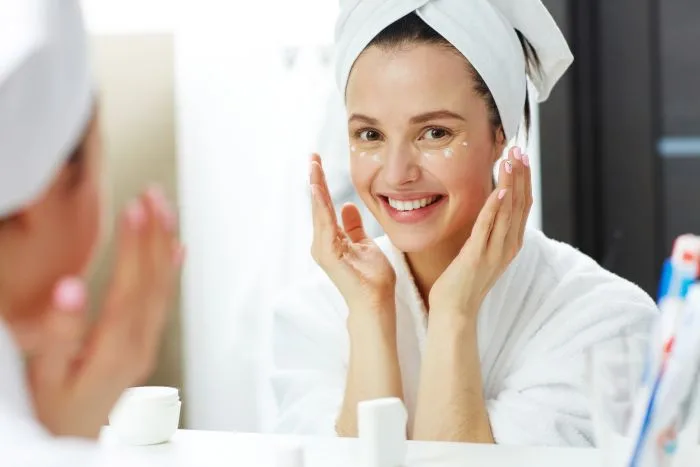
One of the common symptoms of digital eye strain is dry eyes. Prolonged screen use can cause a reduction in the frequency of blinking, leading to less moisture on the surface of the eye. This can cause dryness, irritation, and discomfort, which contribute to the aging of the eyes.
To combat dry eyes, it’s important to stay hydrated throughout the day. Drink plenty of water to keep your body and eyes properly hydrated. Using lubricating eye drops can also help alleviate dryness and refresh the eyes. Additionally, using a humidifier in your workspace can maintain moisture in the air, preventing your eyes from becoming dry and irritated.
8. Anti-Aging Supplements

While protecting your eyes from the effects of digital aging through lifestyle changes is important, certain supplements can also support eye health. Nutrients like lutein, zeaxanthin, and omega-3 fatty acids have been shown to protect the eyes from damage caused by blue light and oxidative stress. These antioxidants help filter harmful light and support the overall health of the retina.
You can find these nutrients in foods such as leafy green vegetables, carrots, eggs, nuts, and fish. Additionally, taking supplements formulated for eye health can provide extra protection, especially for those who are exposed to digital screens for extended periods. Consult with your healthcare provider before taking any new supplements to ensure they are right for you.
9. Regular Checkups

Regular eye checkups are essential in maintaining long-term eye health and preventing digital aging. During an eye exam, your optometrist or ophthalmologist will assess your eye health and identify any early signs of eye damage, such as macular degeneration, cataracts, or other conditions. Early detection allows for timely intervention, preventing further damage and preserving your vision.
If you experience persistent symptoms of digital eye strain, such as frequent headaches, blurred vision, or dry eyes, it’s important to schedule an eye exam. Your eye care professional can recommend appropriate treatments and provide guidance on protecting your eyes from further strain.
10. Screen Time Limits
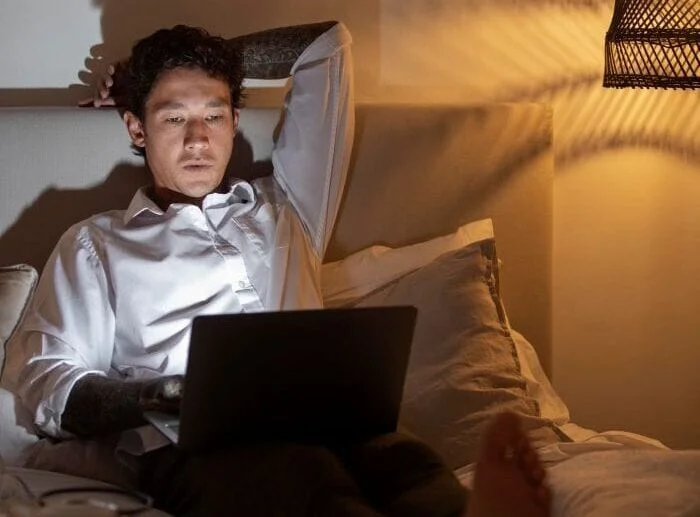
In addition to all the tips mentioned above, limiting your screen time is one of the most effective ways to protect your eyes from digital aging. While it’s not always possible to avoid screens entirely, setting boundaries around screen use can help reduce the risk of eye strain and other long-term effects.
Try to designate “screen-free” times during the day, such as during meals or before bedtime. This will give your eyes a break and allow your body to unwind without the added strain of digital devices. Additionally, consider using apps or settings on your devices that track and limit screen time, encouraging you to take regular breaks throughout the day.
11. Eye Treatments
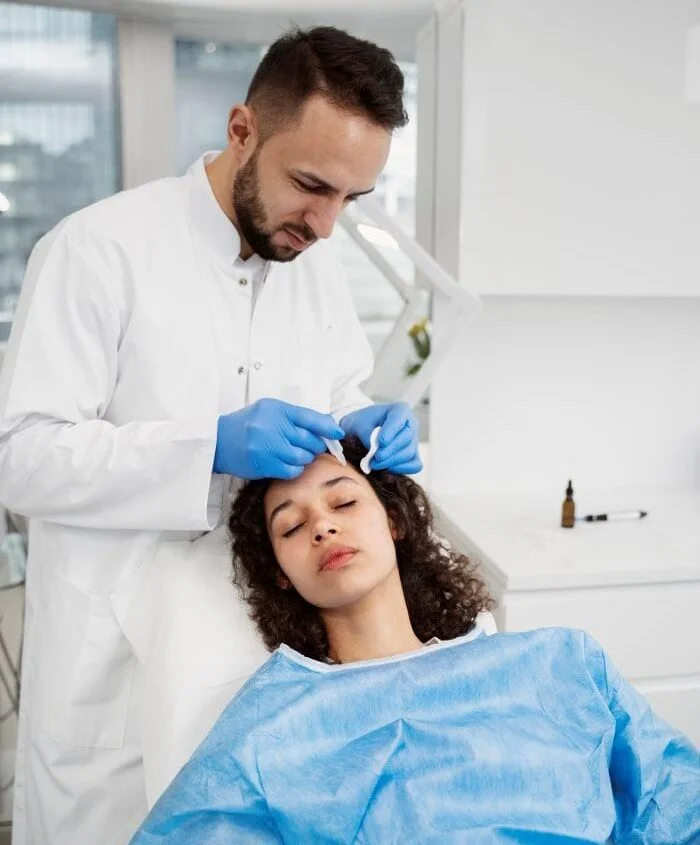
While lifestyle adjustments can help protect your eyes from digital aging and strain, aesthetic treatments offer advanced solutions for rejuvenating the appearance of the eyes, making them look fresher, more youthful, and vibrant. These treatments focus on reducing signs of aging, like wrinkles, sagging skin, dark circles, and puffiness, which often become more noticeable due to factors such as stress, lack of sleep, or environmental damage.
Botox, a popular injectable treatment, is widely used to smooth out fine lines and wrinkles, particularly around the eyes. Crow’s feet, the small wrinkles that form at the outer corners of the eyes due to smiling or squinting, are one of the first signs of aging. Botox works by temporarily paralyzing the muscles responsible for these expressions, preventing the formation of new wrinkles and softening the appearance of existing ones. The result is smoother, more youthful skin around the eyes.
As we age, the skin around the eyes can lose volume, leading to hollowed areas and dark circles. Dermal fillers, such as hyaluronic acid-based products, can help restore lost volume, reduce the appearance of under-eye hollows, and smooth out the skin. These fillers are injected beneath the skin to plump and hydrate the treated areas, providing a more youthful and revitalized appearance.
Laser treatments, particularly fractional laser resurfacing, can help reduce dark circles by stimulating collagen production and improving skin texture. These treatments target pigmentation and promote tighter, brighter skin under the eyes.
Mild chemical peels can brighten the skin around the eyes, reducing dark circles and fine lines. They exfoliate the skin, encouraging new skin cells to form and promoting collagen production.
Microneedling is a treatment that uses tiny needles to create micro-injuries in the skin, promoting collagen production and helping reduce fine lines, wrinkles, and dark circles.
PRP uses your blood to rejuvenate the under-eye area, promoting collagen production and reducing puffiness and dark circles.
Non-surgical blepharoplasty lifts and tightens the skin around the eyes using injectable treatments, offering a fresh and youthful look without the need for surgery.
12. Dermatologist's Consultation
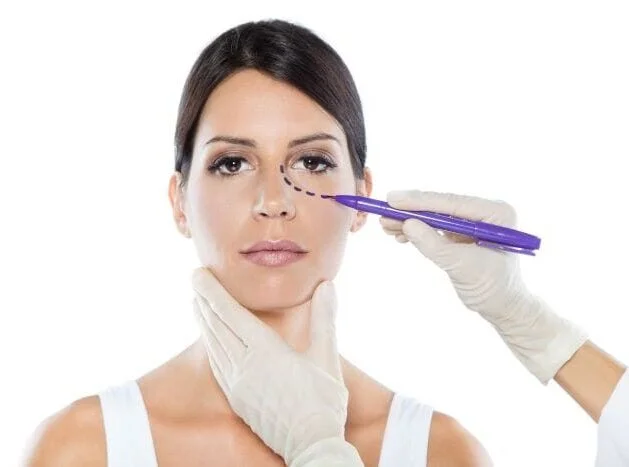
As our reliance on digital devices continues to grow, it’s essential to prioritize the health of our eyes and take proactive steps to prevent digital aging. By incorporating habits like reducing blue light exposure, maintaining proper lighting, taking breaks, practicing eye exercises, and staying hydrated, you can help protect your eyes from long-term damage. Aesthetic treatments such as Botox, fillers, laser therapies, and more can further enhance the appearance and health of the eye area.
However, to ensure that you’re choosing the right treatments and avoiding potential long-term damage, consulting with a certified dermatologist is a must. A professional consultation will help tailor the best approach for your unique needs and ensure that your eye health and beauty are maintained safely. Regular eye checkups with a dermatologist are crucial for detecting any early signs of damage, allowing for timely intervention and preserving the health and youthfulness of your eyes.
